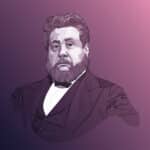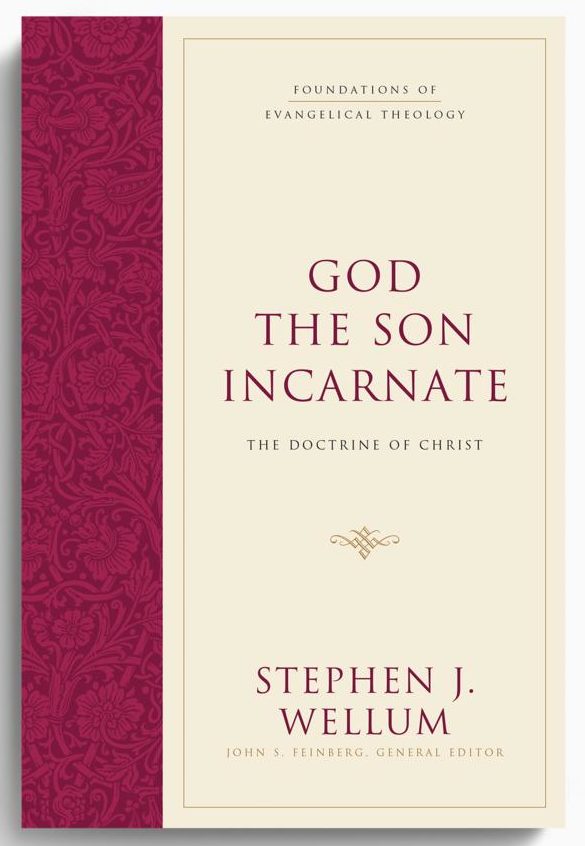INTRO
God the Son Incarnate
The well-known church historian Jaroslav Pelikan famously begins his book Jesus through the Centuries with a comment about the historical importance of Jesus Christ: “Regardless of what anyone may personally think or believe about him, Jesus of Nazareth has been the dominant figure in the history of Western culture for almost twenty centuries.” Pelikan’s observation is not hyperbole.
Even to this day, for example, a large portion of the human population continues to divide world history into BC and AD by reference to Jesus’s birth in history. The importance of this particular Nazarene, however, goes far beyond natural historical observation.
Since the first few centuries AD, Jesus has been the dominant figure in religion and theological reflection. Whether out of devotion and worship or suspicion and critique, the person of Christ has held the attention of the church and the world for most of those two thousand years. And this attention is well placed.
The person of Christ stands at the center of the Scriptures that reveal the purpose and plan of God for humanity and the rest of creation. According to its own claims, Scripture is God’s self-revelation given progressively through the writings of human authors.
The person of Christ stands at the center of the Scriptures that reveal the purpose and plan of God for humanity and the rest of creation.
As God’s Word, then, the diversity of texts come together as a unified divine communicative act of the one who creates, sustains, plans, and governs all things. This word of this God declares that Jesus Christ is the focus and fulfillment of divine desire and glory and the hope of all humanity.
Jesus himself understood and taught that both Scripture and God’s plan of salvation are Christocentric. Jesus chided the men on the road to Emmaus for not believing all that the prophets had spoken concerning his identity and work: “‘Was it not necessary that the Christ should suffer these things and enter into his glory?’ And beginning with Moses and all the Prophets, he interpreted to them in all the Scriptures the things concerning himself” (Luke 24:26–27 ESV).
Jesus confronted the religious leaders for not identifying him as the goal of God’s revelation: “You search the Scriptures because you think that in them you have eternal life; and it is they that bear witness about me, yet you refuse to come to me that you may have life” (John 5:39–40 ESV).
Jesus knew that he was the only way to life with God: “And this is eternal life, that they know you the only true God, and Jesus Christ whom you have sent” (John 17:3 ESV). And Jesus’s apostles agreed that he is the focal point and fulfillment of God’s plan of revelation and redemption.
The book of Hebrews begins by underscoring the superiority and finality of God’s self-disclosure in his Son: “Long ago, at many times and in many ways, God spoke to our fathers by the prophets, but in these last days he has spoken to us by his Son” (Hebrews 1:1–2a ESV).
In Ephesians, Paul explains that, in Christ, God has made known his eternal will, “which he set forth in Christ as a plan for the fullness of time, to unite all things in him, things in heaven and things on earth” (Ephesians 1:9–10 ESV).
The most important figure in the fullness of God’s work, then, is the person of Jesus Christ. Paul can even describe the importance of Christ in terms of his cosmic preeminence: “For by him all things were created, in heaven and on earth, visible and invisible, whether thrones or dominions or rulers or authorities—all things were created through him and for him. And he is before all things, and in him all things hold together” (Colossians 1:16–17 ESV).
The importance of the person of Christ, moreover, places Christology at the center of all theological reflection and formulation.
As Herman Bavinck so aptly reminded us a century ago in his magisterial Reformed Dogmatics, “The doctrine of Christ is not the starting point, but it certainly is the central point of the whole system of dogmatics. All other dogmas either prepare for it or are inferred from it. In it, as the heart of dogmatics, pulses the whole of the religious-ethical life of Christianity. It is ‘the mystery of godliness’ (1 Timothy 3:16 ESV).”
The idea of a center point does not create a doctrinal hierarchy but confesses that all things theological fit together according to the pattern of Scripture. As J. I. Packer instructs, Christian theology should be viewed as “an organism, a unity of interrelated parts, a circle in which everything links up with everything else.”
And in the center of that circle sits the discipline of Christology—the study of the person of Christ. So Packer gives us another apt metaphor: “Christology is the true hub round which the wheel of theology revolves, and to which its separate spokes must each be correctly anchored if the wheel is not to get bent.”
We should expect, then, that when theological formulation misunderstands or distorts the identity of Christ, the entire set of related theological convictions will eventually contort or collapse completely.
Historic Christianity’s most distinctive convictions are decisively shaped and determined by a proper understanding of the identity of Christ. For example, the doctrine of the Trinity, the distinguishing feature of a Christian view of God, developed because the church rightly affirmed the incarnation of Christ from heaven, his status and title as Lord, and his relationship to the Father and the Holy Spirit.
Regarding the doctrine of humanity, historic Christianity teaches that we cannot fully understand who we are apart from the identity of Christ as the Son and true image of God, his incarnation into our humanity, his life as the last Adam, and his crucifixion and resurrection for us. And the doctrine of the atonement puts Christ on the cross at the center of the triune God’s work to redeem humanity.
In his classic work The Cross of Christ, John Stott argues well that fully understanding the biblical language regarding the death of Christ requires correct conclusions regarding the person of Christ. After surveying a number of options, Stott concludes that the core teaching of penal substitution is rooted in the proper identity of Christ:
If the essence of the atonement is substitution . . . the theological inference is that it is impossible to hold the historic doctrine of the cross without holding the historic doctrine of Jesus Christ as the one and only God-man and Mediator. . . . At the root of every caricature of the cross lies a distorted Christology. The person and work of Christ belong together. If he was not who the apostles say he was, then he could not have done what they say he did. The incarnation is indispensable to the atonement.
In short, we cannot afford to get Christology wrong. We simply must know and confess the person of Christ in truth.






